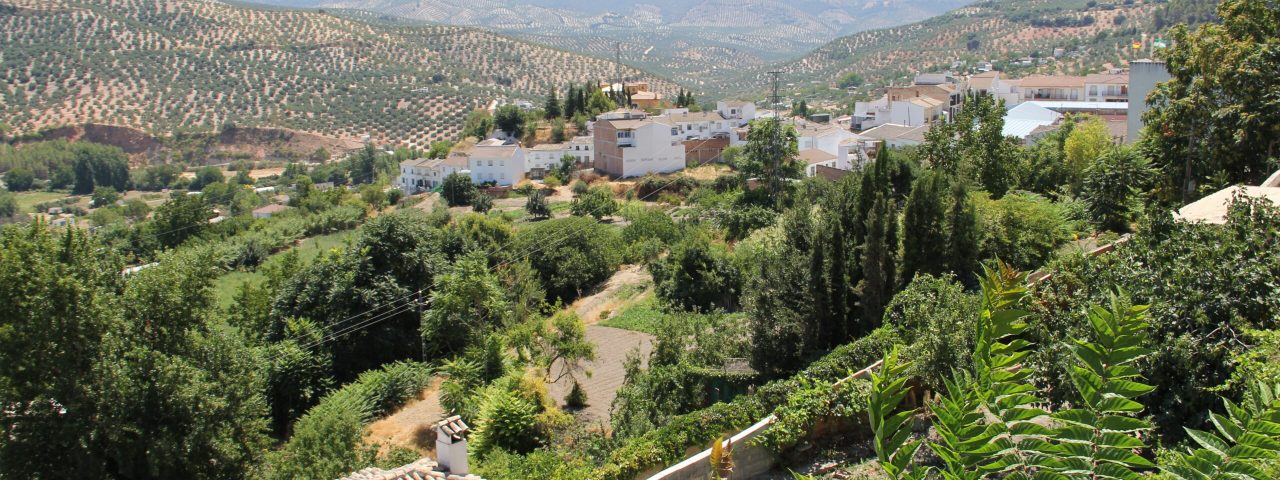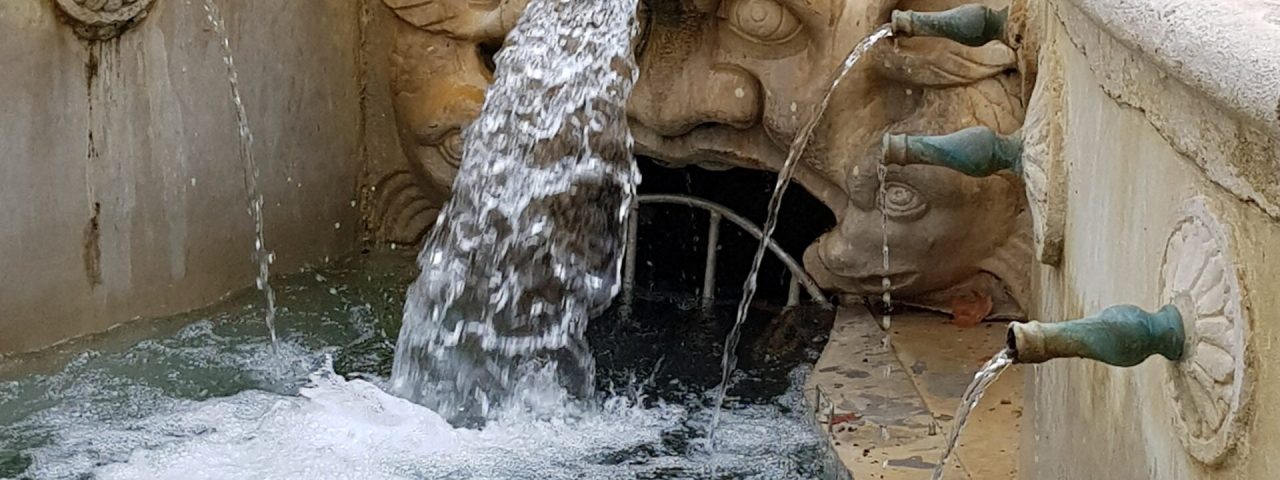Priego de Córdoba boasts a rich history, having been shaped by a succession of civilizations, including the Romans, Moors, and Christians. The city’s strategic location made it an important settlement during the Roman Empire, and later, it flourished under Moorish rule, becoming a prominent defensive outpost during the medieval period. The city was reclaimed by Christian forces during the Reconquista in 1341, and its importance continued to grow, particularly in the 17th and 18th centuries, when the Baroque period left a significant architectural legacy.
Culturally, Priego de Córdoba is renowned for its Baroque art and architecture, particularly visible in its churches and monuments. The annual Holy Week processions (Semana Santa) are among the most anticipated events, attracting visitors from across Spain. These processions are deeply rooted in the city’s religious traditions and showcase its devotion through intricate floats, elaborate costumes, and solemn parades.
Another key cultural event is the Festival of Moors and Christians, a vibrant celebration that commemorates the city’s historical conquests and its multicultural heritage. Local customs, such as the production of world-famous olive oil, are also central to Priego’s identity, with olive oil tastings and tours being popular activities for visitors.

